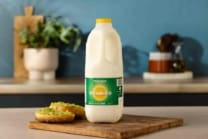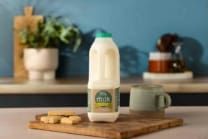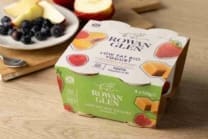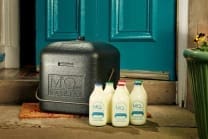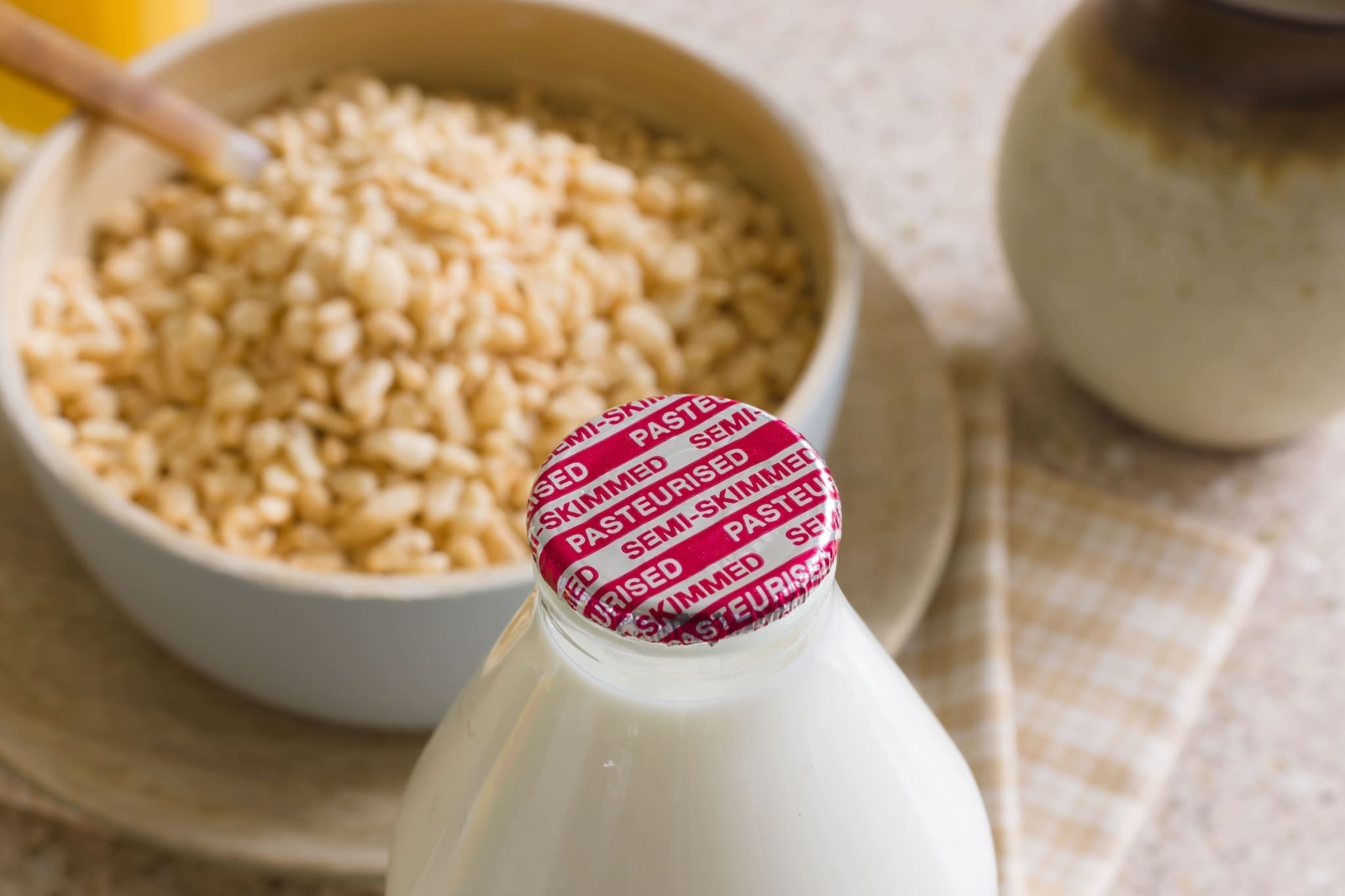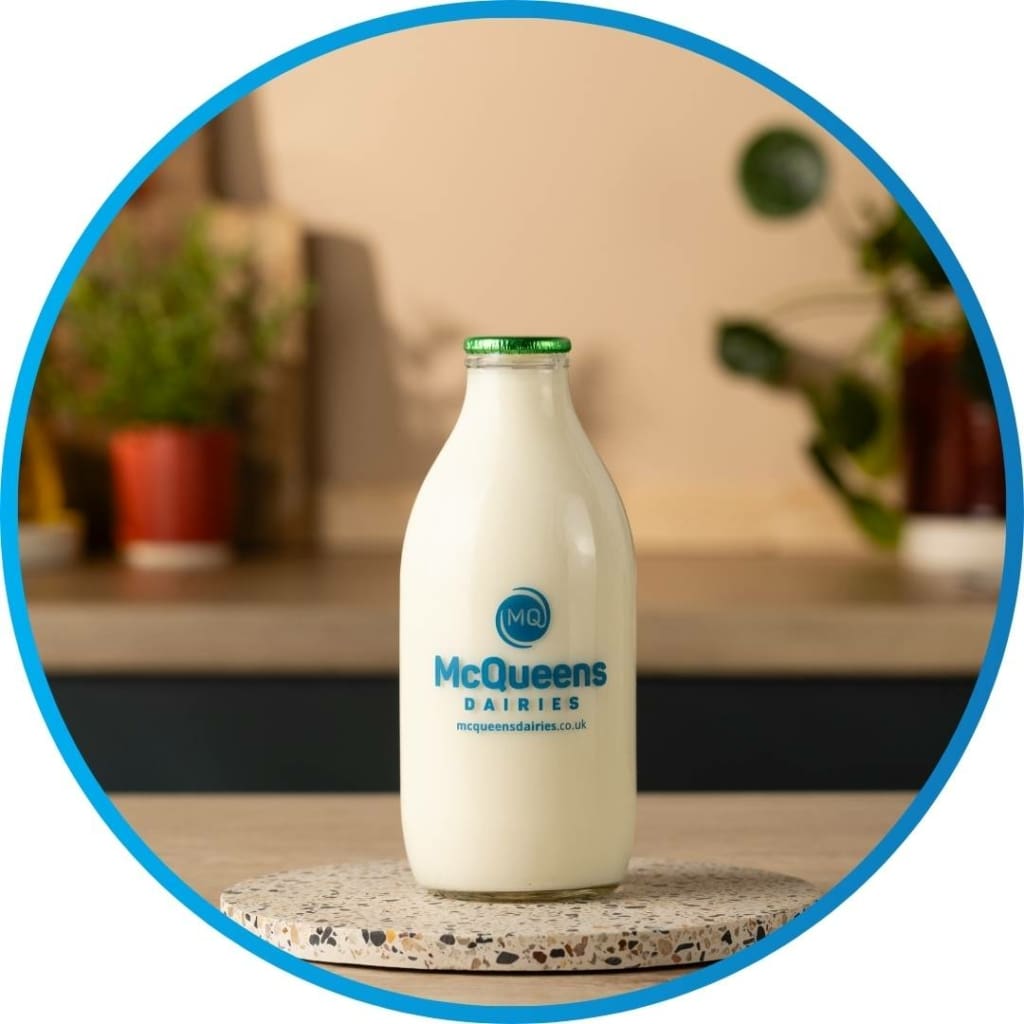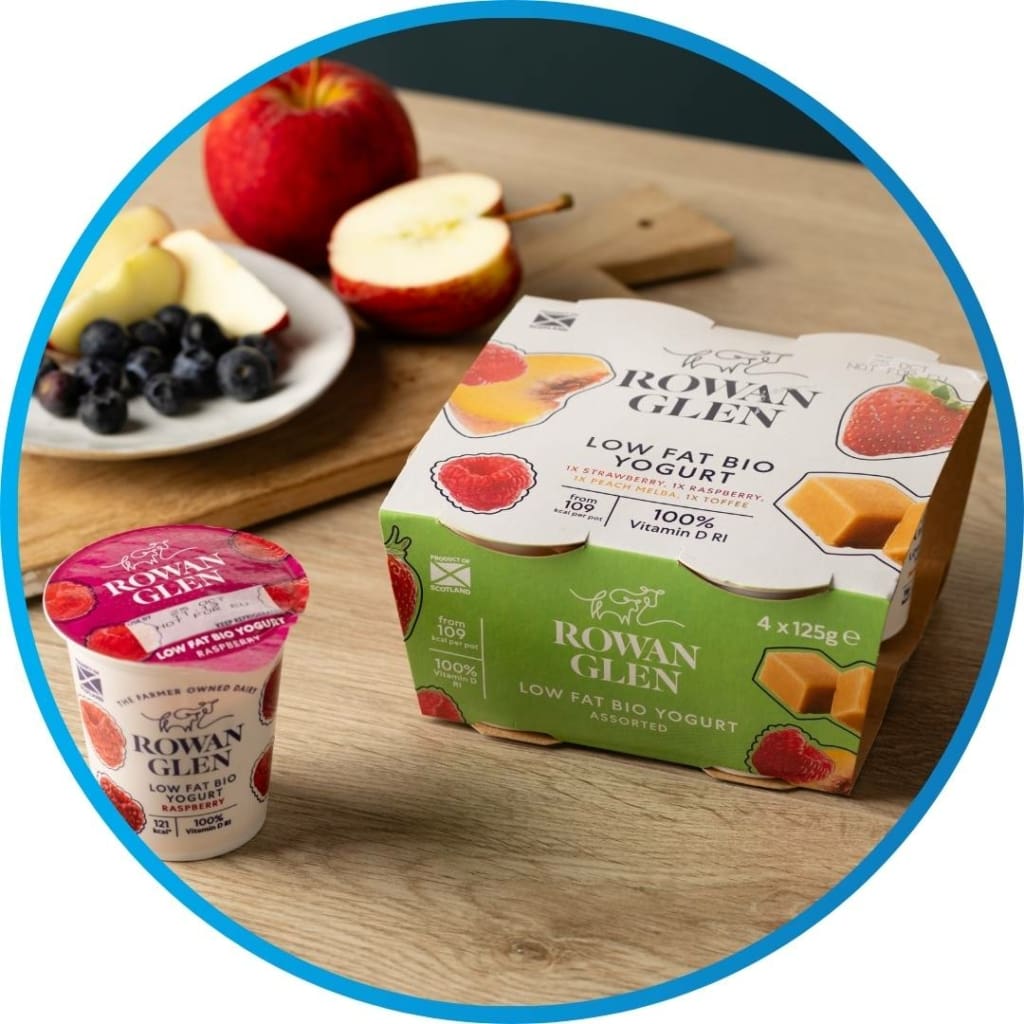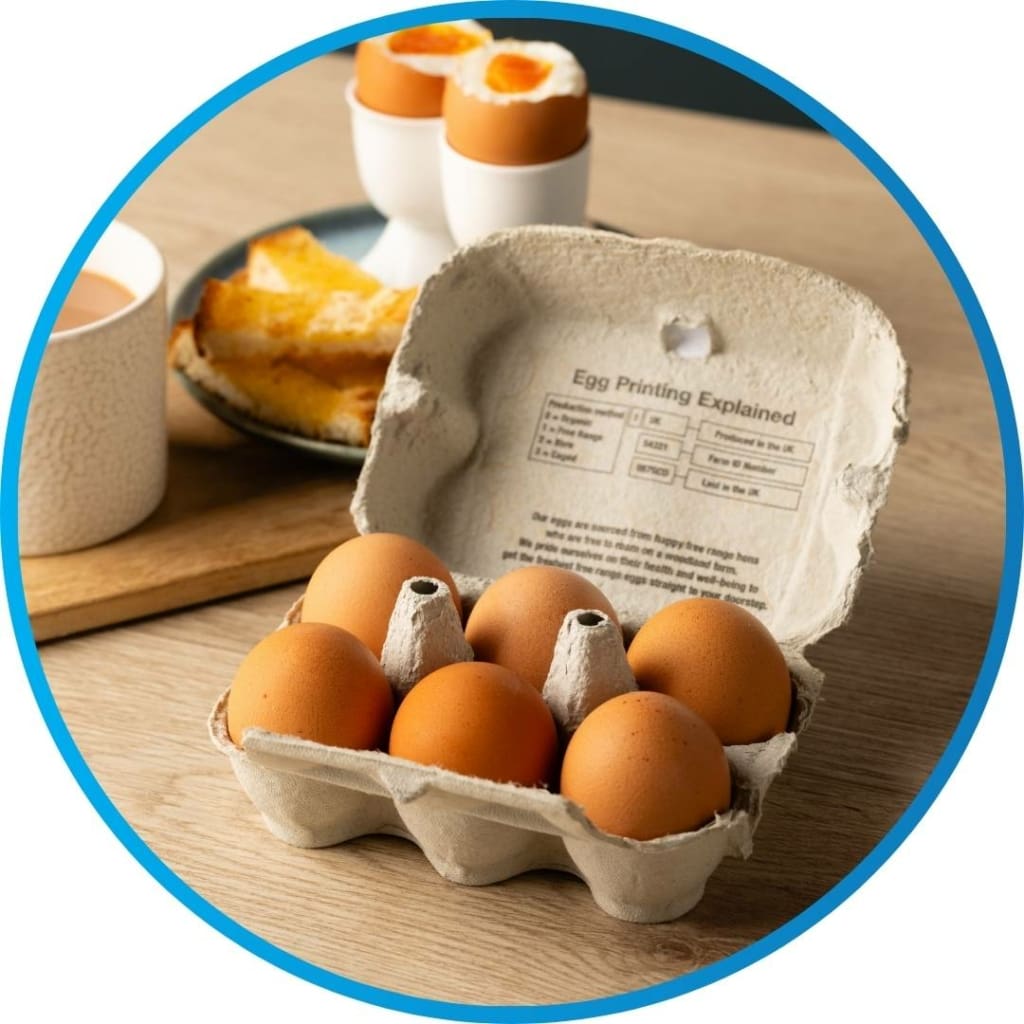The Pasteurised Difference
Pasteurised milk is a familiar term As a family dairy, our job has long been to not only deliver but to educate our customers on the different types of milk available – spotlighting the difference between the cartons and bottles on supermarket shelves. So let’s dig into what pasteurised milk actually is.
Pasteurised milk is one such phrase which is often banded around by supermarkets and stores. With very little information provided as to what it means and how pasteurising affects the milk. In this blog we will be inviting you into the world of milk which has been pasteurised, sharing the benefits of pasteurised milk, the process, and the differences between pasteurised and pasteurised milk.
What is pasteurised milk?
Pasteurised milk is milk which has gone through a process of heating, to eliminate any existing pathogens and give the product a longer shelf life. The process of heating and then cooling the milk back down is designed to kill any bacteria which could be harmful to the end user, with some examples being salmonella and e-coli which can make people sick.
There are two different types of milk typically available on the market – HTST and UHT. HTST is High Temperature Short Time pasteurised milk, also known as regular pasteurised milk. UHT is Ultra High Temperature, also known as ultra-pasteurised milk. You will most likely define the difference between these in their labelling and their shelf life.
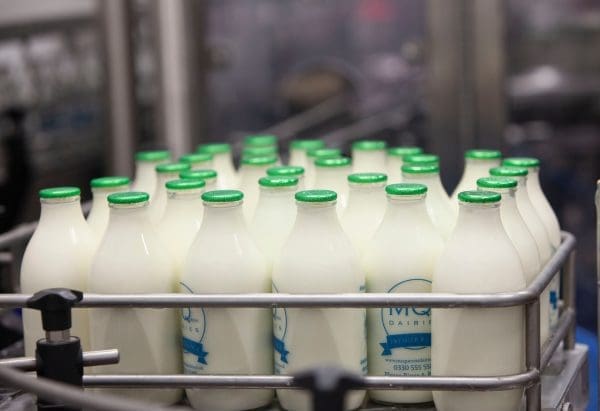
What is the pasteurisation process?
It is important to understand that the heating element of the standard pasteurization process uses a low heat. Milk is a low-acidic food product, so the pasteurisation is designed to destroy pathogens. Usually with refrigeration key to ensure that any organisms are not subsequently allowed to develop.
The two different types of pasteurized milk boast slightly different processes and varying results in terms of their shelf life.
HTST, High Temperature Short Time milk is heated to 71 degrees Celsius for 15 seconds. It is then rapidly cooled back down again to a refrigerated temperature.
UHT, Ultra High Temperature pasteurized milk is heated to 137 degrees Celsius for 2 seconds and then rapidly cooled back down to a refrigerated temperature.
In both instances, the milk that results from the process is free from 99.9% of bacteria. Though the UHT process kills not only the usual pathogens but also the non-pathogenic bacteria which can cause spoilage in the product as well; something which HTST standard pasteurized milk does not do. What this means is that UHT milk is left with a shelf life that is up to three times longer than standard HTST milk.
Pasteurisation is then followed by homogenisation in many cases. This is when you break down the fat molecules in milk to resist separation. It does this to prevent milk from separating and taking on a creamy consistency on the top. For fans of raw milk, the layer of cream on top of a bottle of milk is there because the milk is not homogenised.
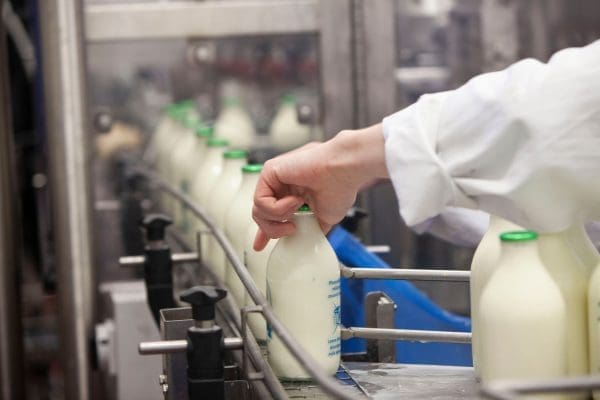
Is pasteurised milk better?
In the USA, there are only 12 states which allow unpasteurized milk, due to the health implications associated with drinking it. This is because, when pasteurised milk was adopted, it quickly became clear how much the pasteurisation process saved lives. It also prevented the spread of unnecessary diseases – and so it was concluded that milk which was pasteurised was safer.
Non-pasteurised or ‘raw’ milk is sold in the UK, though this is only allowed through direct to consumer methods set up by farms themselves or farmers market and local events. This kind of milk cannot be sold through high street stories or supermarkets. Milk which has not been through the heating process of pasteurisation must, by law, state this on the packaging. The producers must conform to higher hygiene standards than those producing pasteurised milk.
While raw milk is said to contain a series of enzymes which can help the body fight off infection. It can also help to fight illness more naturally, and can promote a healthy gut. Not least the added safety factor which comes from heating the milk and killing off all those harmful bacteria.
The process of heating is said to increase concentrations of vitamin A in the milk. With milk already being an important source of vitamin A for the body, this is a definite positive that supports the consumption of pasteurised milk. It is also a better value purchase for consumers due to the longer shelf life.
The Takeaway
Almost every milk bottle you will find in the supermarket has gone through some level of pasteurisation. It is also likely that it has been followed by homogenization for added textural and taste benefits. This is because, pasteurised milk presents safety that customers are looking for when feeding their families. If raw milk is something you are looking for,, you will need to source this directly from a dairy farm.
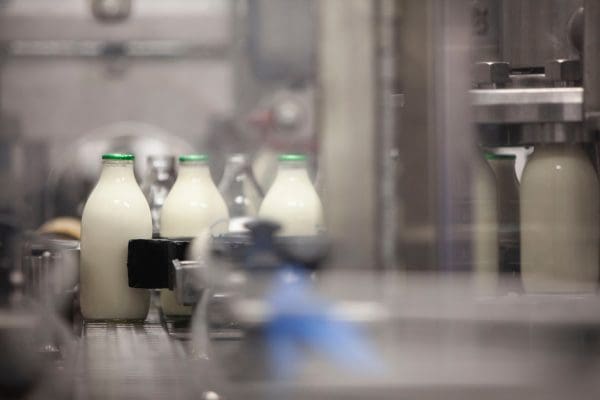
Join thousands of happy McQueens Dairies customers and enjoy fresh daily milk delivered straight to your doorstep before 7am with our local milkmen. Add on alternative milk, yoghurt, juice or just choose a milk and eggs delivery. Place your order in our online shop.

